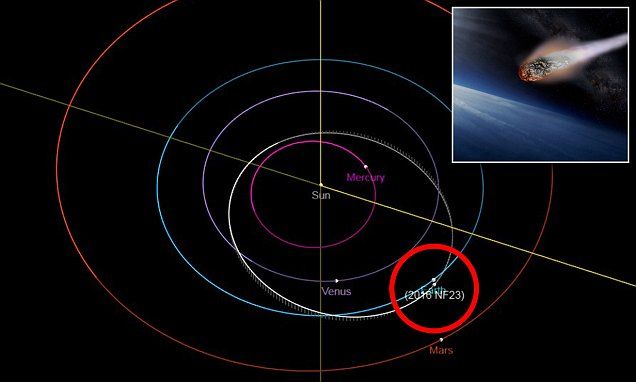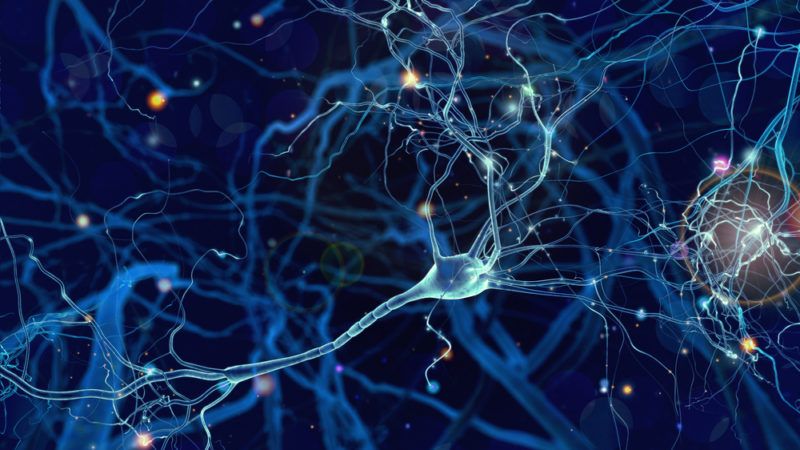Page 9265
Aug 23, 2018
As the school year approaches, a look at this medical student’s must-read list: https://stan.md/2OkfWLb (Photo by Syd Wachs)
Posted by Nicholi Avery in categories: biotech/medical, education
Aug 23, 2018
Tau Protein Aggregation is Linked to DNA Damage and Senescent Cells
Posted by Steve Hill in categories: biotech/medical, life extension, neuroscience, open access
Today, we want to draw your attention to a recent study showing an association between the accumulation of Tau proteins, which are misfolded proteins that typically indicate Alzheimer’s disease and senescent cells.
Unfortunately, this journal paper is hidden behind a paywall, as is 70% of scientific data; this is an unacceptable situation for science and the sharing of knowledge. However, thanks to the work of Sci-Hub, a website that bypasses paywalls and offers free access to all scientific papers, you can read it without spending a dime.
Aug 23, 2018
NRAM — Memory technology that is incredibly fast!
Posted by Klaus Baldauf in category: computing
Memory technology that is incredibly fast, packs massive amounts of storage and is permanently nonvolatile… it’s going to change the world.
Aug 23, 2018
It’s Official, The Transhuman Era Has Begun
Posted by Derick Lee in categories: augmented reality, bioengineering, computing, quantum physics, transhumanism
I don’t know about you, but I had to look them both up to get a solid understanding of these terms. Of course, these ideas aren’t new. And the brave new world of biohacking, I mean grinder biohacking, is fodder for edgy and future forward media outlets as well as the nightly news. What interests me is the shift to a more commonplace reference like Gartner report. Their analysis of over 2,000 innovations from quantum computing to augmented reality, lead them to choose that fine line between man and machine. It’s important and a bold wake-up call to humanity.
Is humanity about to enter its greatest point of transformation?
Aug 22, 2018
Massive asteroid bigger than the Great Pyramid of Giza will make a close approach to Earth NEXT WEEK
Posted by Michael Lance in categories: asteroid/comet impacts, existential risks

😱😱😱😱😱😱😱😱😱😱
A massive asteroid estimated to be double the size of a Boeing 747 is headed toward a close approach with Earth next week.
Aug 22, 2018
Congo approves more experimental Ebola treatments
Posted by Genevieve Klien in categories: biotech/medical, health
KINSHASA (Reuters) — Democratic Republic of Congo has approved four more experimental treatments against the deadly Ebola virus, the health ministry said as it raced to contain an outbreak in its violence-torn east.
Aug 22, 2018
Lift off for British Aeolus weather satellite which promises to end Michael Fish style gaffes
Posted by Genevieve Klien in category: satellites
The world just became a little bit safer tonight as Europe’s groundbreaking wind-monitoring satellite finally blasted into orbit — ridding the world of Michael Fish moments.
At exactly 10.20 BST the Jupiter mission control centre in French Guiana, South America, gave the final green light for lift-off following a nail-biting week which saw the launch delayed by 24 hours- ironically because of strong winds.
But with the name Aeolus, it was never going to be plain sailing for the European Space Agency’s latest Earth Observation satellite.
Aug 22, 2018
With Embryo Base Editing, China Gets Another Crispr First
Posted by Genevieve Klien in categories: biotech/medical, genetics
Scientists in the US may be out in front developing the next generation of Crispr-based genetic tools, but it’s China that’s pushing those techniques toward human therapies the fastest. Chinese researchers were the first to Crispr monkeys, and non-viable embryos, and to stick Crispr’d cells into a real live human. And now, a team of scientists in China have used a cutting-edge Crispr technique, known as base editing, to repair a disease-causing mutation in viable human embryos.
Published last week in the journal Molecular Therapy, and reported first by Stat, the study represents significant progress over previous attempts to remodel the DNA of human embryos. That’s in part because the editing worked so well, and in part because that editing took place in embryos created by a standard in-vitro fertilization technique.
You’ve read your last complimentary article this month. To read the full article, SUBSCRIBE NOW. If you’re already a subscriber, please sign in and and verify your subscription.

















